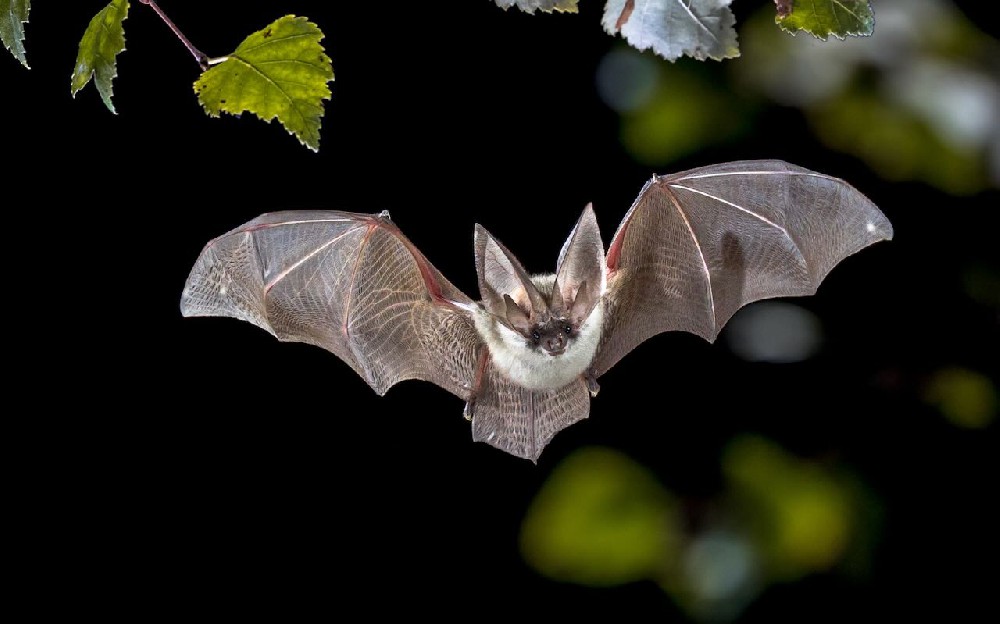Bats are a unique class of mammals that possess the characteristics of chiropterans and belong to the order Chiroptera. The following is a detailed introduction to bats and their living habits:

Body size: Bats vary greatly in body size, ranging from small to large species, with large species such as the insectivorous hunter bat (Big Bat) having a wingspan of up to 1.5 meters.
Chiroptera: The bat's forelimbs evolved into unique chiropterans, connected by a membrane-like piece of skin. This wing-like structure enables bats to fly.
Food habits: Bats have diverse food habits, including insects, fruits, pollen, blood, etc. Different species of bats have different food preferences.
Nocturnal: The vast majority of bats are nocturnal animals, active at night, and use bio-ultrasonic waves to navigate and hunt.
Habitat: Bats inhabit various environments, such as caves, tree holes, buildings, etc. Some species form large bat colonies that roost in caves.
Social structure: There are many species of bats with diverse social structures and colony behaviors. Some bats are solitary, while others form large colonies, such as bat colonies.
Reproductive behavior: Reproductive habits of bats vary among species, with some species forming stable pairs and others engaging in polygyny. Young bats usually grow up under the care of their mother.
Habitat: Bats are widely distributed around the world, with different species found in tropical rainforests to temperate and boreal regions.
Population status: Some bat populations are declining due to habitat destruction, disease, and human activities. However, there are also many places that take measures to protect bats to maintain their survival and ecological balance.
Food chain: Bats play a vital role in many ecosystems. They feed on insects, help control pest populations, and are an important food source for other predators.
Pollination: Many plants rely on bats to spread pollen and help plants reproduce.
As unique and important members of the ecosystem, bats play a key role in maintaining ecological balance and biodiversity. Protecting bats is crucial to maintaining the stability of ecosystems, and we should be committed to protecting their habitats and promoting the harmonious coexistence of humans and bats. Thank you for your interest in this interesting and important animal: bats. If you have any additional questions or need further information, please feel free to ask.
animal tags: bat
We created this article in conjunction with AI technology, then made sure it was fact-checked and edited by a Animals Top editor.